Macrophage‐derived HMGB1 is dispensable for tissue fibrogenesis
Résumé
Alarmins and damage-associated molecular patterns (DAMPs) are powerful inflammatory mediators, capable of initiating and maintaining sterile inflammation during acute or chronic tissue injury. Recent evidence suggests that alarmins/DAMPs may also trigger tissue regeneration and repair, suggesting a potential contribution to tissue fibrogenesis. High mobility group B1 (HMGB1), a bona fide alarmin/DAMP, may be released passively by necrotic cells or actively secreted by innate immune cells. Macrophages can release large amounts of HMGB1 and play a key role in wound healing and regeneration processes. Here, we hypothesized that macrophages may be a key source of HMGB1 and thereby contribute to wound healing and fibrogenesis. Surprisingly, cell-specific deletion approaches, demonstrated that macrophage-derived HMGB1 is not involved in tissue fibrogenesis in multiple organs with different underlying pathologies. Compared to control HMGB1 Flox mice, mice with macrophage-specific HMGB1 deletion (HMGB1 ΔMac ) do not display any modification of fibrogenesis in the liver after CCL 4 or thioacetamide treatment and bile
Domaines
Médecine humaine et pathologie| Origine | Fichiers éditeurs autorisés sur une archive ouverte |
|---|---|
| Licence |



